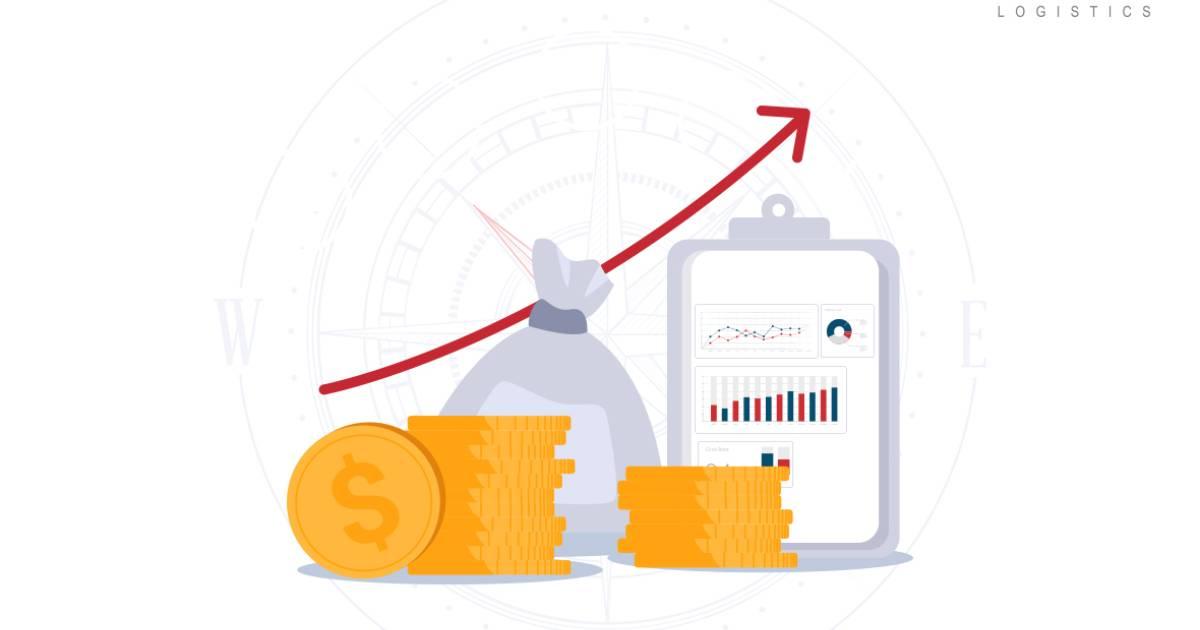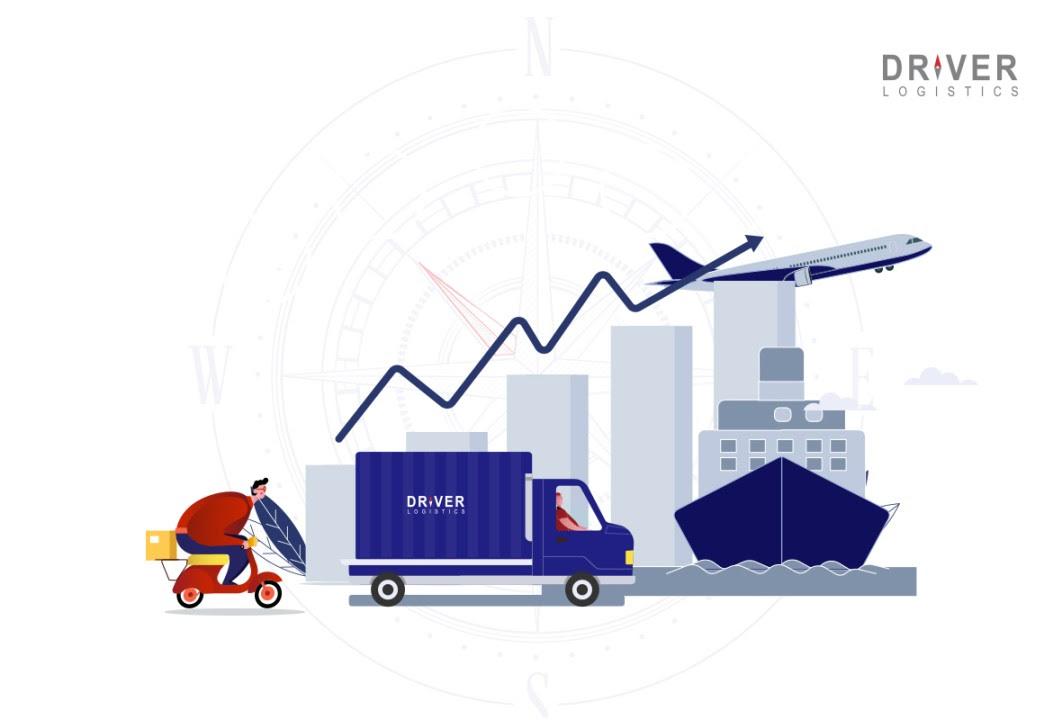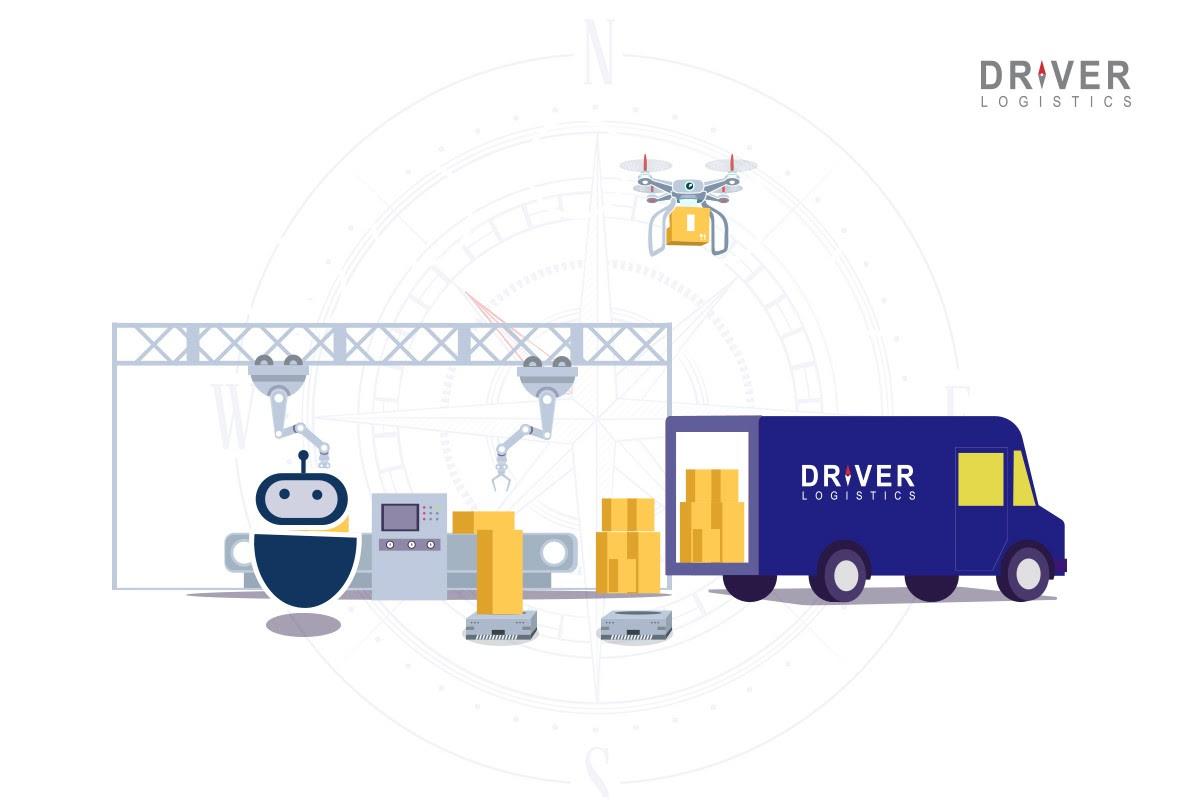
As businesses look for ways to streamline their operations and cut costs, logistics expenses can often be a major area of focus. With rising fuel costs, increasing transportation fees, and other factors, logistics expenses can quickly eat into a company's profits.
Logistics Expenses: An Overview
Logistics expenses refer to the cost incurred in managing the movement of goods or materials from the point of origin to the point of consumption. This involves planning, implementing, and controlling the flow of products, information, and services. Logistics expenses include transportation costs, inventory carrying costs, warehousing costs, packaging costs, and handling costs.
Transportation costs are a major component of logistics expenses. This involves the cost of moving goods from one location to another. The cost of transportation is influenced by the distance between the origin and destination, the mode of transportation used, and the weight and size of the goods being transported. The mode of transportation includes air, road, rail, and sea transport.
Inventory carrying costs are also a significant component of logistics expenses. This refers to the cost of holding inventory in warehouses or other storage facilities. The cost of carrying inventory includes storage costs, insurance costs, and the cost of capital tied up in the inventory.
Warehousing costs refer to the cost of storing goods in warehouses. This includes the cost of leasing or owning the warehouse, maintaining the warehouse, and providing security for the goods stored in the warehouse.
Packaging costs are also a significant component of logistics expenses. This involves the cost of packaging materials and the cost of labor required to package the goods. Packaging costs also include the cost of designing and printing labels and other packaging materials.
Handling costs refer to the cost of loading and unloading goods. This includes the cost of labor required to load and unload the goods and the cost of equipment used for loading and unloading.
In conclusion, logistics expenses play a crucial role in the supply chain management of any business. Effective management of logistics expenses can help to minimize costs and increase efficiency in the movement of goods from the point of origin to the point of consumption. This requires careful planning, implementation, and control of the flow of products, information, and services.
Read More: The Ultimate Guide To Fleet Management System: Improve Efficiency & Productivity
Top Reasons Why Companies Fail to Optimize Logistics Costs

Here are some reasons why companies may fail to adjust their logistics costs:
Lack of Understanding
Companies may not fully understand the costs associated with logistics, including transportation, storage, and inventory management. As a result, they may not be able to accurately assess the impact of these costs on their overall profitability.
Inadequate Planning
Companies may fail to plan for changes in logistics costs due to market conditions, regulations, or other factors. This can lead to unexpected increases in costs that negatively affect profitability.
Resistance to Change
Companies may be resistant to change and reluctant to make adjustments to their logistics operations. This can prevent them from taking advantage of cost-saving opportunities, such as adopting new technologies or outsourcing certain logistics functions.
Inefficient Processes
Companies may have inefficient logistics processes that lead to unnecessary costs, such as excess inventory or inefficient routing. Without addressing these inefficiencies, companies may continue to incur higher logistics costs than necessary.
Limited Visibility
Companies may lack visibility into their logistics operations, making it difficult to identify areas where costs can be reduced. Without this visibility, companies may continue to operate inefficiently and incur higher costs than necessary.
However, by taking a few simple steps, businesses can trim their logistics expenses and improve their bottom line.
Recommended Reading: Integrated logistics and supply chain coordination
Top Ways to Trim Logistics Expenses

Here are 10 quick and simple tips to help you get started.
Analyze Your Shipping Data
Start by analyzing your shipping data to identify areas of inefficiency. Look for patterns, such as high shipping costs to certain destinations, and find ways to optimize your routes and delivery times.
Take Advantage of Bulk and Group Shipping
Whenever possible, try to combine shipments or send multiple items to the same destination at once. This can help reduce transportation costs and improve efficiency.
Consolidate Vendors Where Possible
If you work with multiple vendors for your logistics needs, consider consolidating them into a single provider. This can help you negotiate better rates and simplify your logistics operations.
Negotiate With Carriers
Don't be afraid to negotiate with carriers to get the best possible rates. Many carriers are willing to work with businesses to find mutually beneficial solutions.
Choose the Right Mode of Transportation
Depending on your shipping needs, you may be able to save money by choosing a different mode of transportation. For example, if you're shipping small packages, using a courier service may be more cost-effective than using a traditional shipping carrier.
Leverage Freight Auditing Services
Freight auditing services can help you identify billing errors and overcharges, which can add up over time. By catching these errors early, you can save money and improve your bottom line.
Consider Specialized Logistics Providers
Depending on your industry and shipping needs, you may benefit from working with specialized logistics providers. These providers often have expertise in specific areas and can help you optimize your operations.
Explore Multi-Modal Options
By using multiple modes of transportation, such as truck, rail, and air, you can often find the most cost-effective and efficient solutions for your logistics needs.
Refine Packaging Standards
Poorly packaged items can lead to damage during shipping, which can result in additional costs. By refining your packaging standards and using high-quality materials, you can reduce the risk of damage and save money in the long run.
Implement Sustainable Practices
Implement sustainable practices, such as using eco-friendly packaging materials or reducing unnecessary transportation, to reduce costs and improve your company's environmental impact.
Utilize Automation Solutions
Automation solutions, such as shipping software and warehouse management systems, can help you streamline your logistics operations and reduce costs.

Relevant reading: Reverse Logistics: A Guide to Key Strategies & Benefits
In conclusion, there are many ways to trim logistics expenses and improve your bottom line. By analyzing your data, consolidating vendors, negotiating with carriers, and leveraging technology, you can optimize your operations and reduce costs. By taking these steps, you can position your business for long-term success and growth.